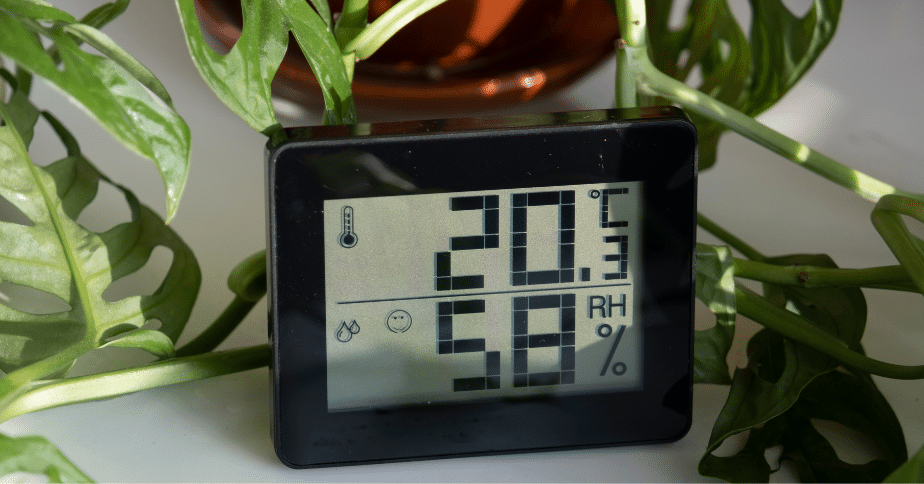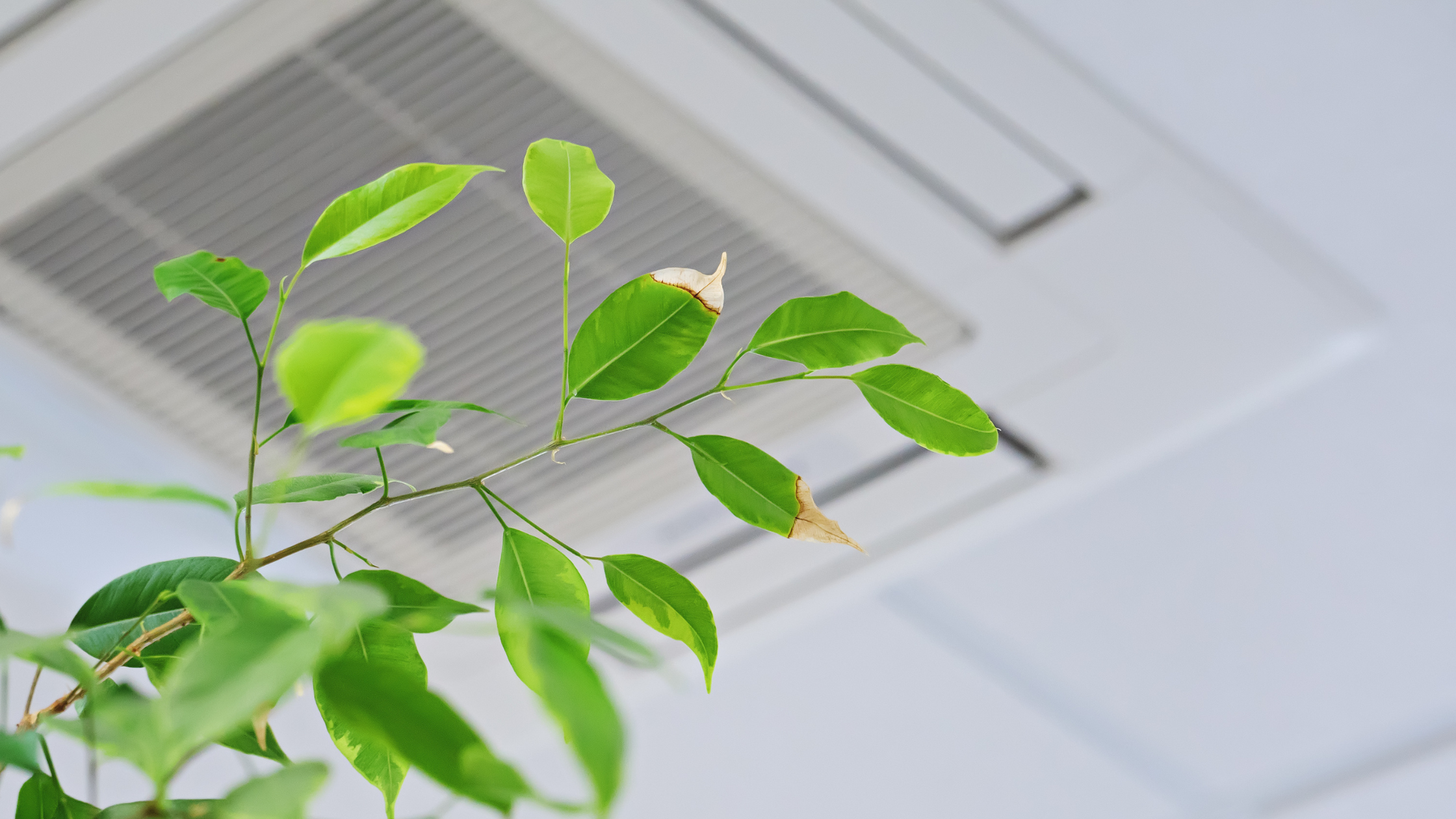How Mold Affects Your Pets

Managing a full household can be a challenge from keeping up with cleanliness, to making sure all of the errands get done, to caring for children and pets. It can be overwhelming. What makes things even more difficult, is when a problem that is not so easy to fix, arises. For example, when a window breaks. This issue must be solved in a timely manner because it can endanger children and pets living in the home. So what happens when there is a problem that is not so obvious and just won’t get solved with a band aid?
mold & your pets
Building damage is frequently overlooked because it occurs on the inside of a building structure. It is basically out of sight, out of mind. But, when you begin to see signs of damage, more destruction than you expected could have already occurred. What exactly are we referring to? Mold. Mold is a hidden danger that can affect the health of everyone living around it especially pets. Pets feel the negative effects of mold exposure more than people because their immune system is smaller and more sensitive than ours.
mold sickness
Mold sickness was first discovered in animals in the 1930’s in Russia when farm animals became ill from sleeping on and eating damp hay where mold formed. These days, black mold information is readily available therefore mold is thankfully more controllable. The signs of mold sickness can be difficult to spot, especially because they are very similar to those of a cold. If your pet shows any signs of a cold or similar illness, mold should be considered a cause. Symptoms of mold exposure in pets is very similar to those of people including:
- Sneezing
- Runny nose
- Loss of appetite
- Skin rashes
- Lethargy
- Trembling
past cases of mold & pets
While not an overwhelming amount of stories are in the current media about pets and mold exposure, there have been multiple reports since 2000 of situations where pets have been affected. In this particular story, two cats were living in a home where there was flood and water damage in the direct area where the cats dwelled. Although no one likes hearing sad stories with animals (we don’t like anything short of funny cat videos on the internet) this unfortunate situation helped raise awareness and probably saved many pet lives. If you have an ill pet and have had water damage in your home, it’s best to let your veterinarian know if your home has been exposed to water damage whether it’s from a flood, roof leak, or a common household leak.
what to do if you have mold
The best action to take when you find your pet is suffering from any of the above symptoms related to mold is to relocate them. Take them somewhere where they can be comfortable and away from the effected home. Taking them to the vet is always a good precaution to take as well. The veterinarian should run routine tests to make sure the health of your pet is not declining. As petful.com states, “treatment may involve a blood transfusion (if the pet bleeds unduly) and antibiotics to fight secondary infections. Your vet will repeat blood tests to monitor liver function.” As you can see, mold and pets is very serious and for the sake of your little loved ones, should not be taken lightly.
What should you do if you find signs of black mold? There are many resources that can lead you in the right direction to solving your mold problem. If you are reading this blog, you probably already completed step #1 which is identifying that you have a mold problem. As indoor environmental professionals, we have multiple blog posts with advice on how to handle your mold issue. If you take away one thing from this blog, remember that mold should not be ignored, and even though you don’t see symptoms now, they can show up later. So keep you and everyone in your home safe including your pets.



